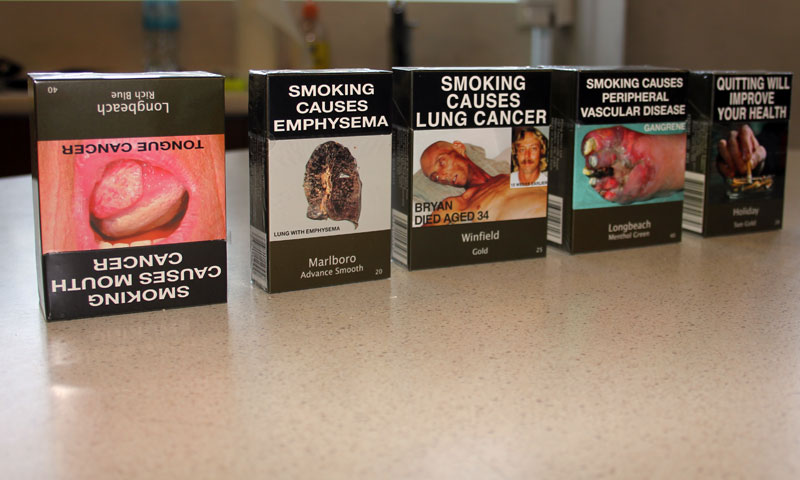The EU Commission has said that the EU traceability system for tobacco products is fully compliant with the World Health Organization’s Protocol to Eliminate Illicit Trade in Tobacco Products (Protocol).
The Commission was replying to two questions posed by the Romanian member of the EU Parliament, Cristian-Silviu Buşoi.
In a preamble to his questions, Buşoi said that during the eighth session of the Conference of the Parties to the WHO’s Framework Convention on Tobacco Control (COP8) and the first meeting of the parties to the Protocol (MOP1) held in Geneva in October 2018, WHO Spokesperson Dr. Stella Bialou had justified the non-compliance of the EU’s Tobacco Products Directive (TPD) in respect of tobacco tracking and tracing because the adoption of the TPD had preceded the ratification of the Protocol.
‘Moreover, on 9 June 2016, Parliament voted to ratify the Protocol and all member states voted in favour in the Council, leading to its official ratification by the EU on the 24 June 2016,’ he said, before asking:
- ‘How and when will the Commission remedy this discrepancy, now that the Protocol has been ratified by the EU?
- ‘How is the Commission addressing the situation of the remaining 15 member states that have not ratified the WHO Protocol individually?’
In reply to the first question, the Commission said that the EU traceability system for tobacco products established under the TPD was fully compliant with the Protocol established under the WHO’s Framework Convention on Tobacco Control (FCTC).
‘The EU was involved in negotiating the FCTC Protocol, adopted in 2012,’ the Commission said. ‘The FCTC Protocol (in particular Article 8) was taken into account when the EU adopted its system in 2014. The EU system, which will be in place by 20 May 2019, is based on Article 15 TPD and complemented by Commission Implementing Regulation (EU) 2018/574 and Commission Delegated Regulation (EU) 2018/573 adopted in December 2017, which following the positive scrutiny of the latter act by the co-legislators entered into force on 6 May 2018.
‘Member states’ competent authorities and the Commission exercise full control over this system. Several measures ensure the full compliance with the FCTC Protocol, notably: independent generation of unique identifiers, independent storage of traceability data with real time visibility for enforcement purposes, as well as high density and standardisation of reporting events in terms of time and content. The Commission sees no reason to introduce any changes to the design of the EU system.’
In answer to the second question, the Commission said that member states had unanimously supported the ratification of the Protocol by the EU, for matters falling under EU competence.
‘As for matters falling under national competence, to date 11 member states have ratified the Protocol,’ it said. ‘There are national procedures ongoing in the remaining member states. The Commission regularly organises meetings with national experts to support the member states in ratifying and implementing the Protocol.’









